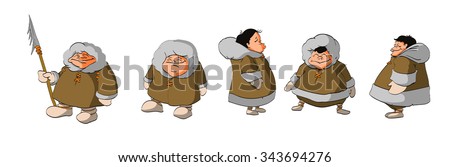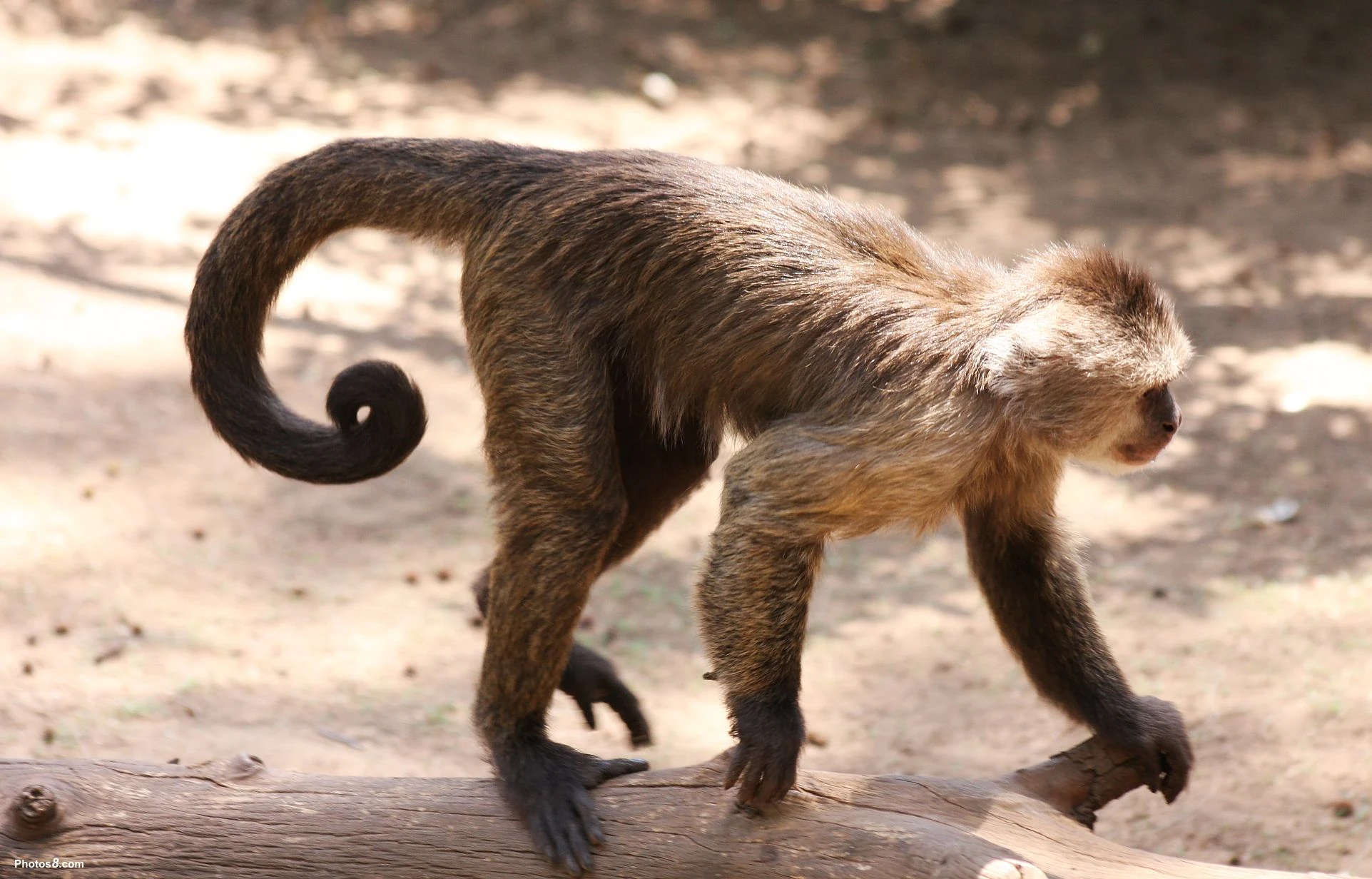Cold weather plays a
major role in how people live and survive. The cold is an environmental stress that
negatively impacts the survival of humans because we can develop hypothermia,
which is life threatening to humans. Living in the cold is hard because you can
not be outside for a very long time because our bodies are not made to keep us
warm. If humans stay out in the cold for to long our core body temperature will
drop and the hypothalamus will fail causing death. This environmental stress would
impact humans trying to eat, live, and sleep. People living in the cold are usually
depleted of vitamin D and even experience affected oxygen levels. It makes
survival hard because it limits time for being outside trying to find food and
it makes living harder because you must consistently worry about keeping your
body warm.
 A
short-term adaption to the cold would be shivering. Shivering is a homeostatic function
in response to the cold in warm-blooded animals. Humans shivering reflex is
triggered to maintain homeostasis.
A
short-term adaption to the cold would be shivering. Shivering is a homeostatic function
in response to the cold in warm-blooded animals. Humans shivering reflex is
triggered to maintain homeostasis.  A facultative
adaption to the cold could be gaining weight to keep warmer. By eating more
foods, the bodies Basal Metabolic Rate will increase, which will produce body
heat.
A facultative
adaption to the cold could be gaining weight to keep warmer. By eating more
foods, the bodies Basal Metabolic Rate will increase, which will produce body
heat. Developmental adaptions to the cold weather are body size and shape. According to Allen’s Rule, people with shorter, smaller limbs are going to be able to maintain more body heat. The shorter limbs make the body more condensed, which then have smaller surface area. Having a smaller surface area compared to body mass will help the body heat not be lost to the environment as easily.
Cultural adaptions to the cold would be nutrition. People living in
colder climates are going to consume much more carbohydrates. Carbs are complex organic compounds that are the main source of fuel for the metabolic process. Carbs take a long time to be broken down, which gives people long lasting energy and body heat.
Studying
human variation from this perspective is beneficial because it can help us
understand why people in different regions and cultures live the way they do. This
information is very useful because it can tell us so many things from why
someone might look the way they do physically, why they might eat certain
foods, and why they might live longer in one region rather than in another. For
example, if you are teaching young children about different cultures around the
world, you can use this information to explain why they are different, which is
a lot of the time due to the environment. You can use the information in a
productive way by analyzing your own environment and seeing what adaptions your
own body has made, this helps one understand why they might live a certain way.
In my
opinion since race is a social construct it is hard for me to use it to
understand the variation of adaptions. Using race by saying one’s skin is
darker because they live in hotter climates and they produce more melanin for
skin protection doesn’t make sense. This doesn’t make sense because even if
your black and were born in the artic your skin wouldn’t magically turn white. Skin
color adaptions have taken thousands of years to adapt and change. So, I guess
using race to understand how our human ancestors lived and adapted to the environment
makes more since, but it doesn’t make sense to use the skin colors we have
today to understand variation of adaptions. Studying environmental influences on
adaptions is a better way to understand human variation because the color of
our skin does not determine where we live. Not studying skin color but studying
other important adaptions like nutrition, oxygen levels, or culture can help
one better understand how the environment might affect a person. Looking at the
environmental factors can give someone insight on why some one lives the way
they do. Skin color does not determine all the factors.








